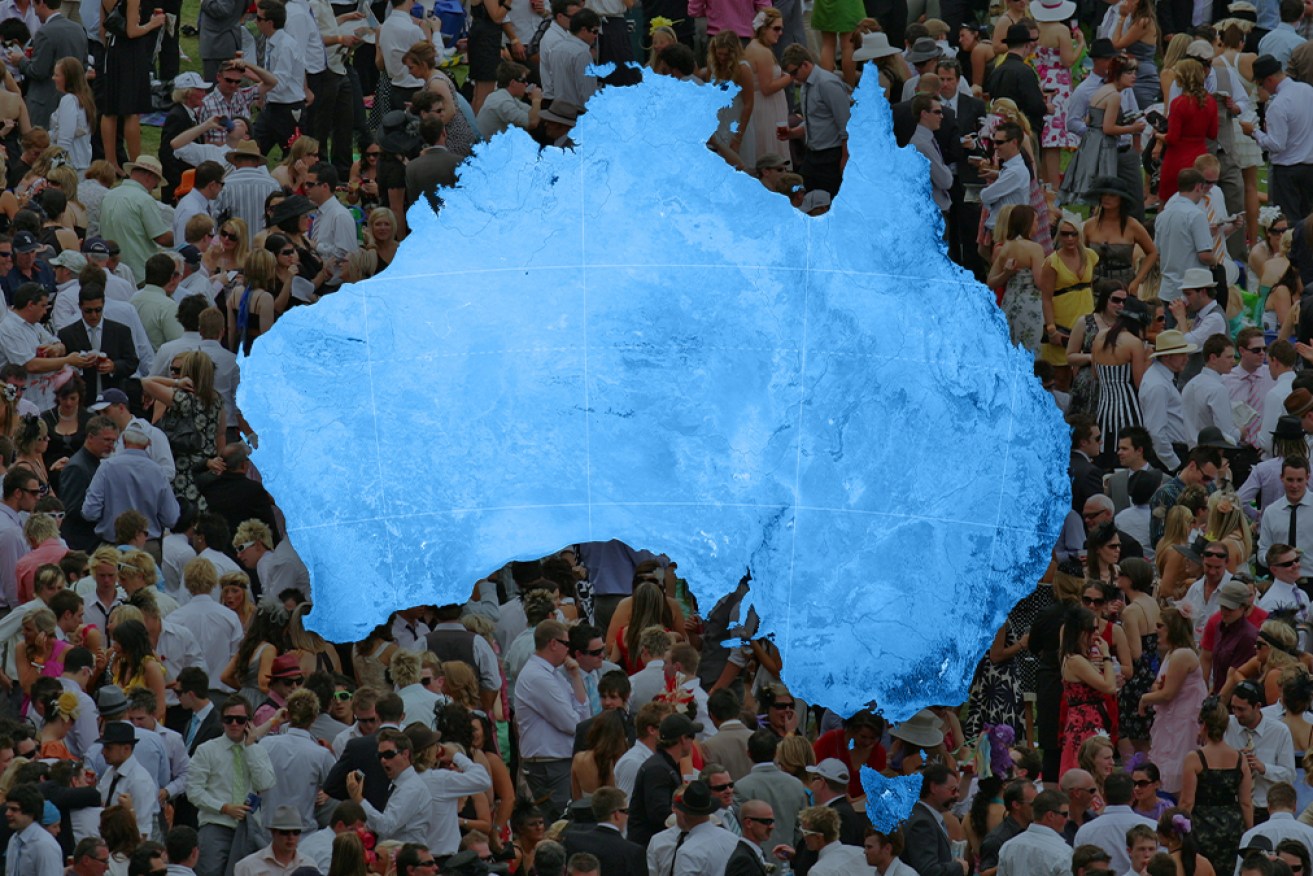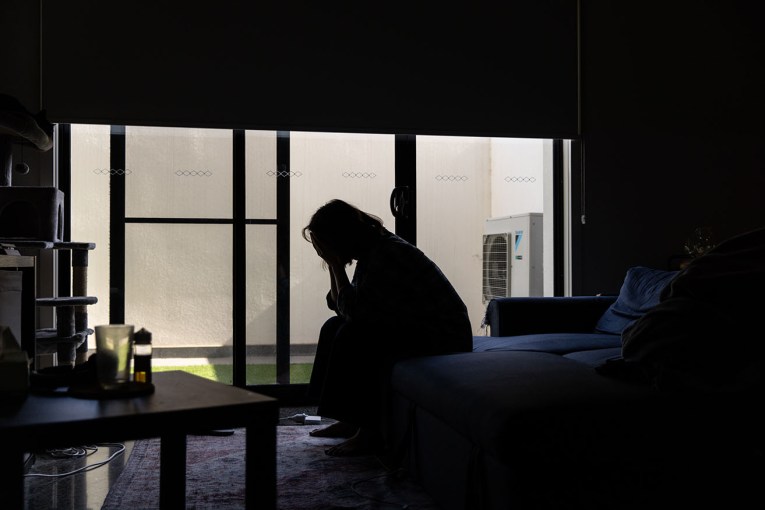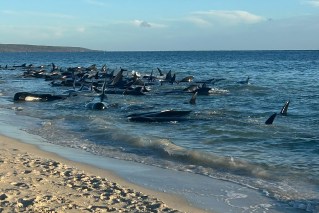Australian population trailing due to pandemic, experts warn on future


Australia's population is set to hit 27 million by the end of the month – but how can the country cope with an ever-expanding number of residents?
Australia will have 1.2 million fewer people and overall be older on average than first predicted by 2030, due to the COVID-19 pandemic’s effect on immigration and birth rates.
Experts told The New Daily that lower fertility rates and increased life expectancy meant the Australian population will get older amid a growing demand for aged-care assistance.
“With the ageing population and reduction in migration (mainly of working-age skilled persons), the working-age population will continue to shrink, and potentially affect the tax base,” Flinders University Associate Professor in Humanities Professor Gour Dasvarma told TND
“But, the ageing population will create more demand for jobs in the aged-care sector for the willing workers.”

Australia will likely hit 30 million people by 2032-33. Photo: AAP
The birth rate hit an all-time low of 1.58 births per woman during the pandemic but recently rebounded to 1.66 births per woman.
Record-low migration during the pandemic also fed into a lower birth rate as there were fewer migrants to have children.
A long-run decline in fertility is expected to continue, with birthing rates tipped to drop to 1.65 babies per woman in 2031.
Australia will likely hit 30 million people by 2032 or 2033, two years later than forecast, according to the government’s Population Statement 2023 due out on Friday.
An ageing population means the nation will be more reliant on young skilled migrants to expand the economy and boost productivity.
According to recent Census data, baby boomers aged 55 to 74 represent 21.5 per cent of the Australian population, accounting for more than one-third (34.2 per cent) of those who had at least one long-term health condition.
More care needed
University of Adelaide Associate Professor in Demography, Human Geography and Economics Professor Yan Tan told TND the population aged 65 or older will represent 18 per cent of the total population by 2031.
“More care for the aged, 65 and above, and disabled persons in a family will be needed,” she said.
“Demand for assistance with core activities will grow.”
‘Young will pay’
ACT independent senator David Pocock raised concerns on Tuesday about the inequities caused by an ageing population and the burden felt by younger generations.
He said the government should reconsider the design of the stage-three tax cuts in light of the population data.
Due to begin in 2024, the legislated tax changes will lower the 32.5 per cent and 37 per cent marginal tax rates to 30 per cent and flatten the tax structure for people earning between $45,000 and $200,000.
The cuts are expected to cost the budget about a quarter of a trillion dollars.

Senator David Pockock is worried about the new figures. Photo: AAP
“Intergenerational wealth disparity is growing,” Senator Pocock said.
“We need a long-term plan to address it, together with how we fund the services our community relies on from Medicare to the pension, Austudy and support for the most vulnerable.”
Treasurer Jim Chalmers said the news that Australia’s population would be slightly smaller and older was concerning, especially in the context of the broader trend towards an ageing population.
“As the economy recovers from the worst of the pandemic, crippling skills and labour shortages are holding our businesses and our economy back,” he said.
Dr Chalmers said the government was tackling the workforce shortages on multiple fronts, including allowing parents to work more, training Australians to fill skills gaps, and improving the migration program.
The government has already lifted the permanent migration cap to 195,000 and is also reviewing the migration system.








